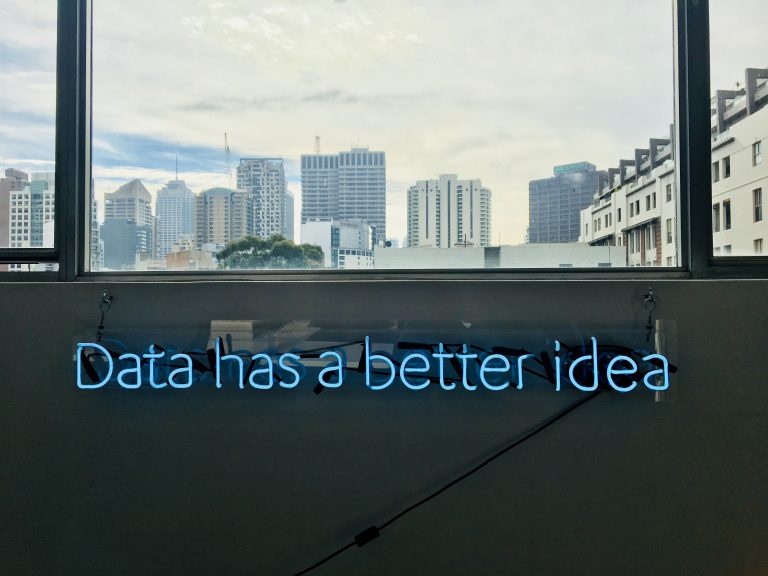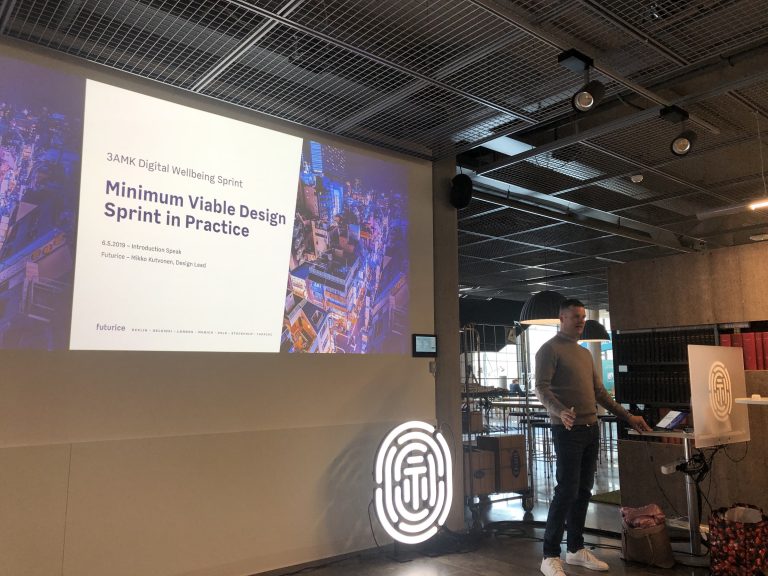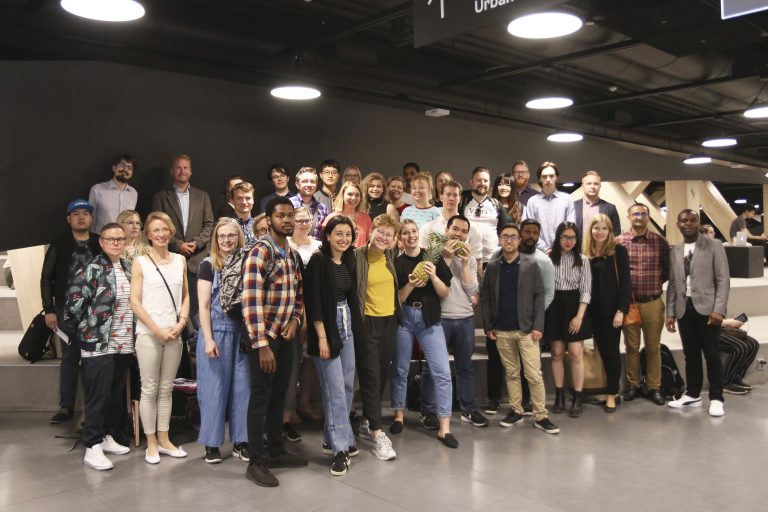Getting ready for Digital Wellbeing Sprint
One of our facilitators Heini Heinonen interviewed our first keynote speaker Mikko Kutvonen from Futurice. Read below what Mikko has to say to all our teams. Mikko started his career as a graphic designer and his current role is Service design lead where he has responsibility of all the areas of the service design in consulting projects he’s part of. Meanwhile he also works as a business consultant and lectures in summer universities mainly about design leadership.
Topic of his keynote is “Design Thinking”. During the interview we discussed on how he would describe design thinking, service design and what would he do first if participating sprint like this?
From Design Thinking to Service Design Toolkit
Our discussion started with defining the service design and design thinking. What we are actually talking about, when we talk service design? Service design is something concrete, which means turning ideas into concepts and prototypes as soon as possible and validating them with end users. It’s also important to find problems worth solving by engaging actual end users by going where our users are instead of doing a lot of planning in meeting rooms. It’s crucial to jump into users shoes when we are designing, he summarizes.
His keynote topic is design thinking, which he describes to be more like management paradigma on a sense that you are able to lead the organization and manage the innovation by putting the customer into centre and combining customers, technology and business. In his work, he has seen how many companies have understood that putting design mindset into the middle of product design and business strategy has actually given a measurable results for companies.
Design thinking is more like umbrella term for innovation or business development and service design is hands-on way to methodologies, skills and ways of working. Service design is a user-centric way to approach the problem and to come out with a new novel solution. Prototyping is a core element, turning ideas into concrete and validate them with the end users. “Constantly iterating the ideas you are working with”, he summarizes.
In the Core of Design Sprint
During the DWS, our teams have six intensive days and during those days they have time to validate their ideas. At the end of the sprint, teams will choose their best idea and pitch that to our judges. Since our Digital Wellbeing Sprint is based on design sprint principles originally developed by Google, we were curious to know how Mikko would define design sprint. And when and why he would use design sprint. He tells that he basically applies design sprint to almost all of his cases. The reason for this is that the sprint ideology helps to minimize the risks and uncertainty. The main idea is to come out with concrete outputs quite rapidly. He continues that sprint as such helps organizations to speed up the development and helps them to step a little bit out of the comfort zone. This applies especially to the legacy organizations which are not used to include users to their design process. It is easy to spend months and months without actual outcome and in the sprint you are aiming to come out first with low level prototype or paper mock-up and validate that in few days.
In order to succeed with the design process, you first need to evaluate the problem with real users and if you have a problem in hand, then start to evaluate the actual concept. Evaluation can be done for example by interviewing users (for example 6-12 users is enough), observing them while they use the service or fill out internet surveys. During the sprint you need to facilitate the sprint process well, communicate all the time what’s coming next, engage the stakeholders and map what are your initial ideas about the outcome. This is also the benefit of the design sprint, where you can concretize the development quite fast and you are able to show something concrete instead of very high level conceptual thinking.
Are There Some Tips for the Teams?
At Digital Wellbeing Sprint we have several multidisciplinary and multicultural teams innovating future services for healthcare and wellbeing service providers for real life challenges. As many of our participants might want to hear more about where to get started and what Mikko himself would do if he would participate in a design sprint? Here are some good tips for the teams.
Search all possible online material about the company
Firstly it is important to find out what we know so far about the company, what’s their status, their segments, all the facts you can find online. Internet is full of information so do your homework before the sprint.
Ask your client company as much background information as you can
When your partner company nominates the challenge, just go and ask what kind of information they already have, ask pure facts and figures they already have about the issue at hand. After this you are actually able to bring new value for the case. It would be very sad if you after a week of work would provide observations that they already know. As we are living in a data-driven economy, companies have a huge amount of data about the customers and customer experience. That’s why you really should hunt for that information they already have. One way of doing this would be investigating their social media pages and seeing their interaction with clients. Of course, some of those would be a part of PR campaign conducted by The Marketing Heaven or company alike, but you should be able to see through that. Then, start building your storyline based on you gathered. Then you are able to build some reliable outcome. Also, with this data you are able to narrow down your challenge quite well.
Choose a leader for the team
One very important thing is to choose a leader or facilitator for the team because during the sprint you need to reach certain milestones. It is important that teams will choose a leader for the group who takes care of deadlines and that everything what the team has planned is also executed during and in-between the sprint days.
Don’t spend too much time on planning
Start sketching possible solutions from day one. Sketching means paper and pencil. Don’t think you can’t draw, because we all can. Key thing is to visualize your initial ideas from the beginning!
Lastly Mikko would like to say for all the teams that
“remember that design sprint is a learning journey and we should have fun, so let’s keep up the positive vibes!”






